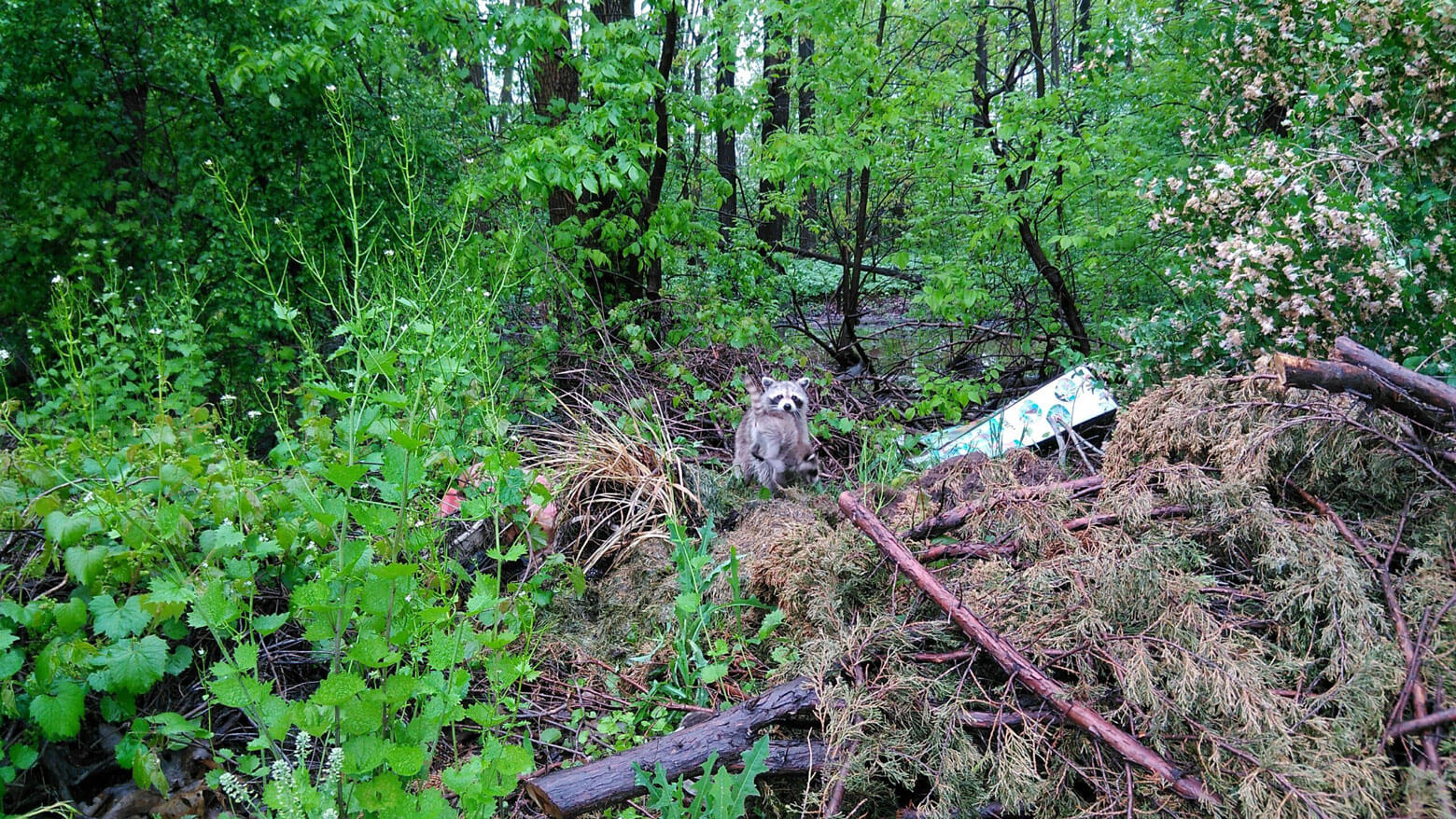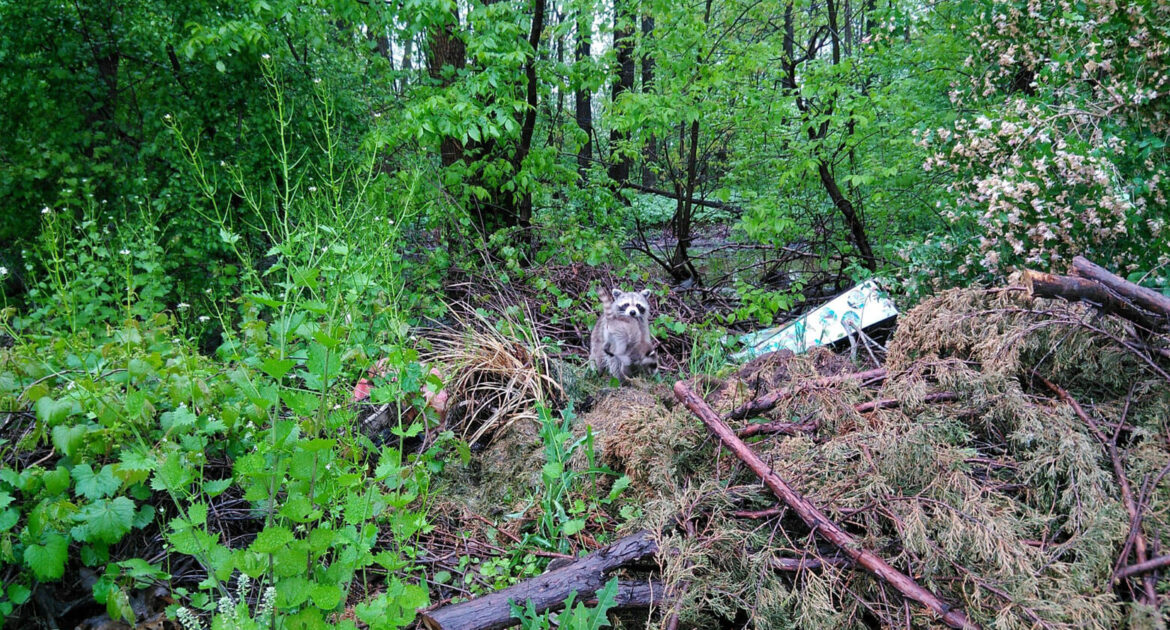If you raise chickens in Okanagan, you probably know to keep them in a protected area. Confined fowl are irresistible temptations for predators looking for an easy meal. Though they are far from the only predators of domestic livestock, raccoons are one of the most prolific culprits in suburban avian abductions. Here’s how to keep your birds as safe as possible before you call wildlife control in Okanagan.
Know the Signs of a Raccoon Incursion
The most obvious sign of a raccoon presence is a direct sighting. Although sightings can occur all year long, the most common times are during late summer or fall after the young are fully weaned. During the winter and early spring, adults are mostly stocking up on fat reserves and entering a lethargic state of semi-hibernation in a secluded den.
Raccoons make a distinctive chattering noise that can make it relatively easy to identify a nearby family. They also leave prints in dirt or snow that look a bit like tiny human hands. If you happen to know what fox scat looks like, you can also identify your masked bandits by their somewhat smaller, less smelly poo. Since foxes can also prey on chickens, finding any scat on your property can be a sure sign to call humane wildlife removal.
Store Food Indoors
Many suburban and rural residents unintentionally attract wildlife to their homes by leaving large supplies of food within reach of industrious urban carnivores. Bird feeders, cat trays, and other seemingly innocuous offerings can all quickly result in an entrenched population of intruders. Even exposed eggs can attract predators, so you should bring them in every day.
Though chicken feed isn’t appealing to all creatures, it can be quite enticing for raccoons, and, even worse — rodents. The best way to secure your home is to store all potential animal food indoors in a sealed container. If you don’t want to attract rodents into your home, just use a garage or shed as your storage place.
Secure Your Coop and Wire Mesh Fencing
Chances are, if you have a weak area in your coop’s fencing, a predator will quickly find and exploit it. Chicken coops are perfectly secure when properly maintained, but rusted fastenings or worn bases can break and leave your birds vulnerable. By inspecting your fencing, you can repair these sections before predators find them.
Though raccoons don’t quite have the dexterity that humans do, their hands are among few in the animal world that can open latches and small entryways. If your entry latch is low to the ground and easy to open, it’s vulnerable. To replace an inadequate latch, just look online for animal-proof ones.
Both raccoons and foxes can be incredibly persistent at breaking into enclosures. Either species can attempt to dig under the base of a coop to get at your birds and their eggs. You can address this problem by extending your mesh along the ground under a thin layer of dirt. If you want to add an additional deterrent, you can spray garlic, onion, or pepper repellent along the same area. To make such a concoction, just boil the substance of your choice in water until your water has a clearly detectable odour.
Raccoon Removal
In many cases, protecting your chickens is only possible if predators aren’t local residents. If you have an established population of raccoons on your property, do not attempt to remove it on your own. A humane wildlife removal professional knows how to safely remove animals without unnecessarily endangering them or their young. At Skedaddle Humane Wildlife Removal, we have years of experience that can help to remove your raccoon problem and protect your property and livestock. Contact us today to learn more about our services.




